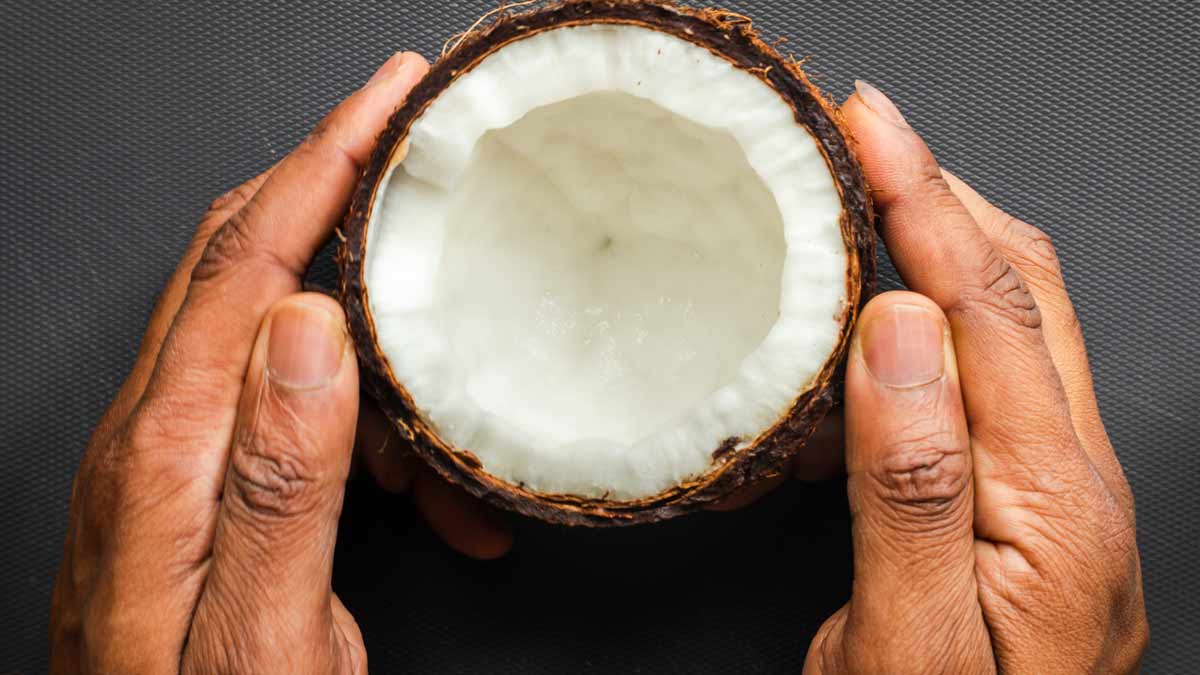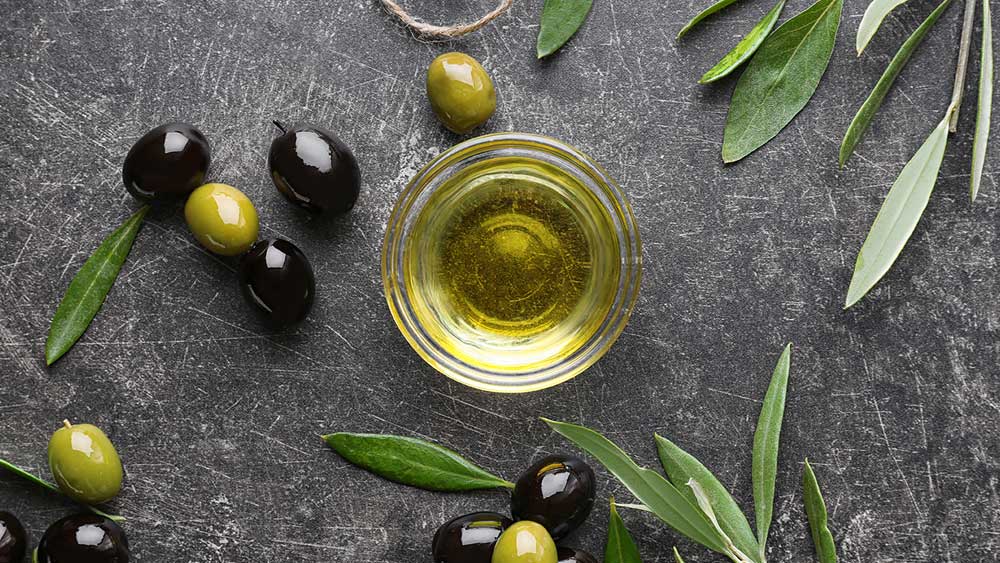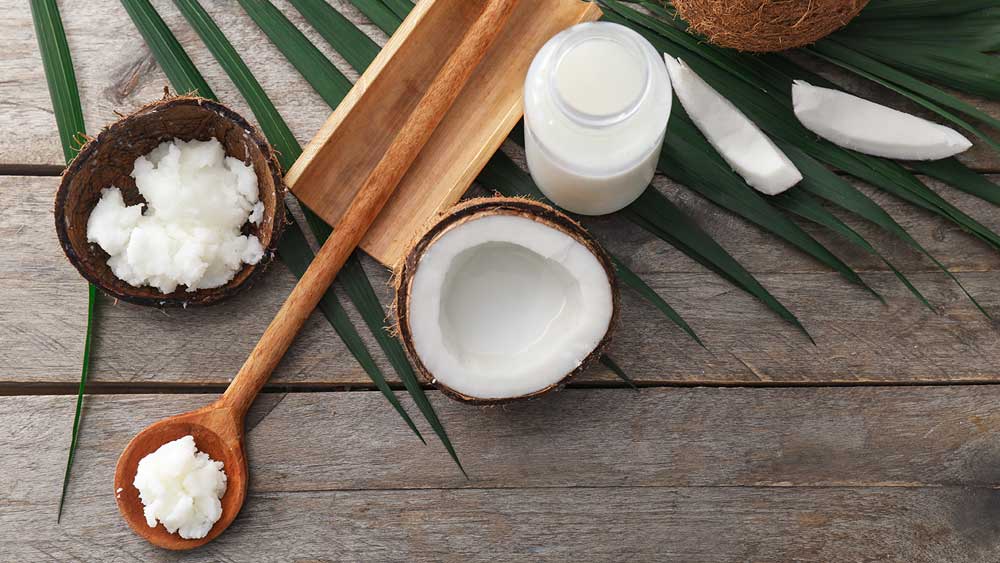
Coco Glucoside
- Derived from: coconut
- Pronunciation: (\ˈkō-(ˌ)kō\ \ˈglü-kə-ˌsīd\)
- Type: Naturally-derived
- Also known as: coco-glucoside, APB
What Is Coco Glucoside?

Coco glucoside (an alkyl glucoside) is a natural surfactant that's derived from coconuts. Surfactants are used to reduce the surface tension of liquids and improve the washing process. [1]
Derived from coconuts, the ingredient is made from a chemical reaction between non-drying fatty alcohol derivatives from coconut oil and sugar glucose. It's a yellow, clear liquid in appearance, and it has a slight odor and is water soluble.
Common Concerns: Summary
- Cancer: low risk
- Allergies and immunotoxicity: low risk
- Developmental and reproductive toxicity: low risk
- Skin irritation: low risk
- Use restrictions: low risk
How to Make Coco Glucoside
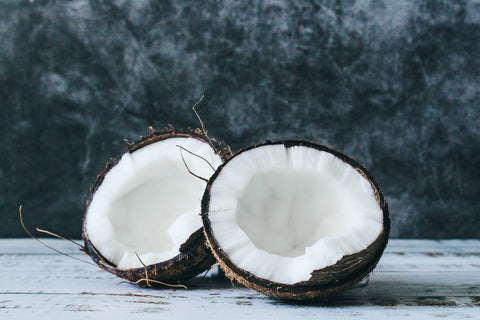
The ingredient is often manufactured using natural and/or renewable sources. This gentle surfactant is formed by mixing alcohols (plant-based) with a sugar, glucose, or glucose polymer sourced from plants such as corn or potatoes.[2]
Note: Puracy's coco glucoside is entirely coconut-based.
Coco Glucoside Uses
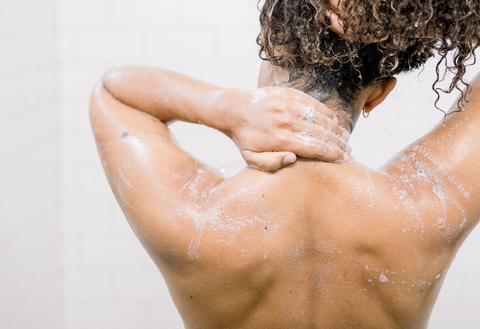
This ingredient can be found in everything from shampoo to hand soap to makeup to laundry detergent. With a maximum allowable usage level of 40%, it's one of the most common ingredients in Puracy personal care and cleaning products, thanks to its gentle, effective cleansing power. [3]
-
Moisturizer and Cleanser
The ingredient helps skin retain water, as well as lift and remove grime and dirt. It can also keep skin hydrated and minimize irritation.
-
Co-emulsifier
As a catalyst for oil and water combining, it's an ideal emulsifier, and it has the added benefit of moisturizing skin in the process.
-
Foaming Agent
The ingredient's water solubility and viscous properties also make it a good foaming agent for cleansers and shampoos.
Is Coco Glucoside Safe?

As one of the most gentle cleaning agents, the ingredient is generally safe. Learn why.
-
How Coco Glucoside is Used Today
Coco glucoside is widely regarded as gentler and more environmentally friendly than common surfactants like sulfates (e.g. SLS and SLES) [5]. EWG has given the ingredient a "1" rating across all categories.[6] The Cosmetics Ingredient Review has deemed the ingredient safe for use in cosmetic products.[2]
Today the gentle surfactant is used in an array of personal care and cosmetic products, such as sunscreen, soap, body wash, makeup, and more.
-
Skin and Health Safety Concerns
If you have a coconut allergy, you will want to avoid products that contain high concentrations of coco glucoside. Interaction with the ingredient can result in irritation or, in some cases, an allergic reaction. However overall, the surfactant is gentle on skin, and is even used as an ingredient in products to alleviate eczema and psoriasis.
-
Cancer
There are no links between cancer and the ingredient according to open scientific literature.
-
Developmental and Reproductive Toxicity
Scientific research has shown that the ingredient is not toxic to reproduction, development, and fertility.
-
Environmental Concerns
The ingredient has little to no potential for bioaccumulation, plus it’s 100% biodegradable. Derived from coconut and palm kernel oil and glucose, it's made from vegetable resources.
Benefits of Coco Glucoside

From moisturization to cleansing, discover the benefits of this gentle surfactant.
-
Cleansing Agent
Since it's extremely mild, coco glucoside can cleanse skin without irritation. In fact, it's gentle enough that it's a common ingredient in baby shampoo and bubble bath.
-
Foaming Agent
As a non-ionic surfactant, coco glucoside is effective as a foaming agent in soaps and shampoos.
-
Moisturizer
With its conditioning properties, the ingredient has the ability to cleanse all skin types without leaving pores dry. In fact, it has the ability to help skin retain water.
How to Use Coco Glucoside

Follow these tips for using this surfactant safely and most effectively.
-
Storage
The ingredient should be stored in a sealed or closed container at below 104°. If stored in a cold temperature, the ingredient may crystallize.
-
Caution When Using
If you are using pure coco glucoside, be sure to wear gloves to avoid skin irritation. It's also recommended to work in a well ventilated room and wear eye protection.
Sources
[1] Science Direct
[2] Cosmetic Ingredient Review
[3] The Derm Review
[4] Fiume MM et al. Safety assessment of decyl glucoside and other alkyl glucosides as used in cosmetics. Int J Toxicol. 2013 Sep-Oct;32(5 Suppl):22S-48S. doi: 10.1177/1091581813497764. PMID: 24174472.
[5] International Labor Organization
[6] Environmental Working Group
[7] Whole Foods Body Care Standards
[8] Mehling A, Kleber M, Hensen H. Comparative studies on the ocular and dermal irritation potential of surfactants. Food Chem Toxicol. 2007 May;45(5):747-58. doi: 10.1016/j.fct.2006.10.024. Epub 2006 Nov 3. PMID: 17169473.

























